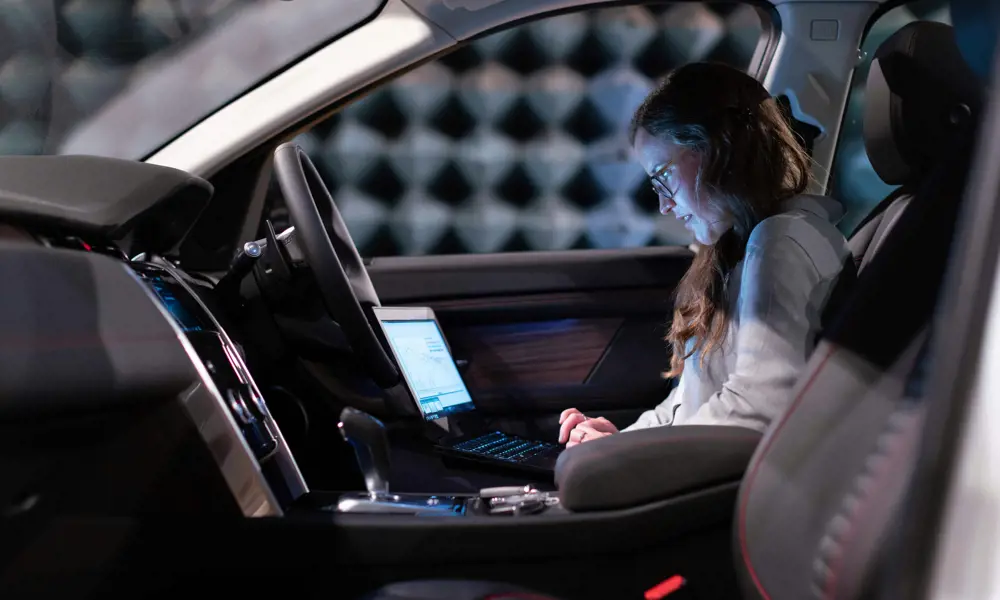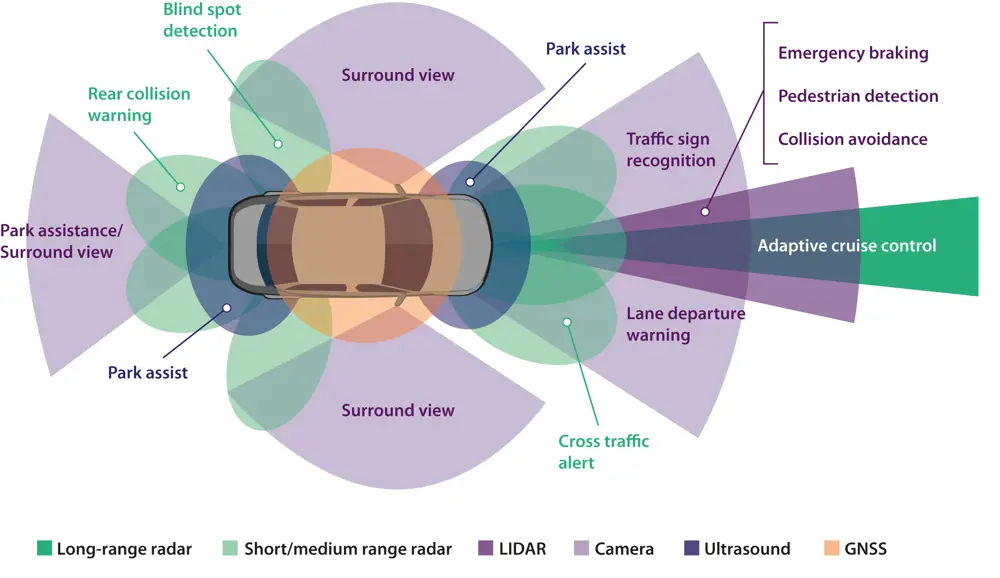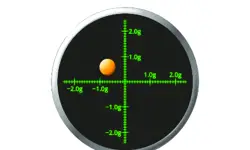
Driverless cars
Few technological goals are as dependent on innovation and engineering as attempts to create fully autonomous vehicles. The challenge of enabling vehicles to interpret endlessly changing environments has remained frustratingly beyond our abilities – until now. Thanks to recent breakthroughs in fields such as Lidar – which uses a pulsed laser to measure distance to a target – the prospect of what’s known as level 5 autonomy finally seems achievable in the next few years.
Vehicular automation is graded on a scale from 0 to 5, where 0 is a process managed entirely by a driver. Level 1 involves standalone assistance such as radar-guided cruise control (capable of preventing frontal collisions), while level 2 automates individual processes as long as the driver is ready to take control at any point – such as computer-controlled braking on muddy descents. Level 3 automation lets a vehicle control all aspects of its movement in limited environments such as motorways, whereas a level 4 vehicle exercises self-governance throughout a journey, including parking and junctions. However, complex tasks including exiting a ferry onto a slipway may require human intervention.

The multiple input streams needed for a vehicle to achieve level 5 autonomy (adapted from an image from NovaTel Inc)
The ultimate aim is to reach level 5: complete automation. At this point, human interfaces such as pedals and steering wheels are removed altogether, and every occupant becomes a passenger. To analyse whether surface or overhead obstacles are safely navigable, a level 5 autonomous vehicle requires multiple input streams to make sense of its surroundings:
- GPS: accurate localisation data is essential to prevent vehicles driving over pavements or cutting corners. The latest Global Navigation Satellite Systems (GNSS) deliver decimetre-level accuracy, combining signals from several satellites to mitigate potential reception issues caused by poor atmospheric conditions.
- Cameras: it is common for today’s level 2 and 3 vehicles to have a trio of front-mounted cameras that capture 3D images of approaching terrain, which a computer can interpret. Side and rear cameras help with low-speed manoeuvres such as parking, but they struggle in low light.
- Radar: radio waves are beamed out of the vehicle in a variety of directions, bouncing off objects to determine their trajectories and velocities. Algorithmic software determines the likelihood of path interceptions, pre-emptively taking evasive action. However, radar cannot differentiate between objects of different mass or mobility.
- Lidar: reflected and received light pulses identify objects more accurately than radar, with the added benefit of ‘seeing’ lines on the road. Radar and Lidar both detect objects in what we think of as pitch darkness, although Lidar struggles to operate in adverse weather conditions such as heavy snow or fog.
In isolation, none of these systems provide sufficient environmental data for a vehicle to proceed safely. However, once they are fed into a multi-domain controller unit (and overlaid on real-time mapping and GPS positioning data), the vehicle should have enough input to set and follow its own route. Tomorrow’s artificial intelligence (AI) platforms will combine deep learning with a 360-degree real-time environmental view, to anticipate and pre-emptively resolve threats posed by static and moving objects.
The advantages of level 5 autonomous vehicles include universal mobility for people currently unable to drive, and more time for ‘drivers’ to pursue other activities. Estimates suggest fuel economy could be boosted by up to 30%, although the biggest benefits relate to road safety. Over 27,000 people are killed or seriously injured on British roads each year, and 90% of these accidents are attributable to human error. Removing ourselves from the driving experience represents the best way to save millions of lives around the world.
***
This article has been adapted from "How does that work? Driverless cars", which originally appeared in the print edition of Ingenia 76 (September 2018).
Keep up-to-date with Ingenia for free
SubscribeRelated content
Electricals & electronics

Accelerometers
Used in earthquake measurements, laptops, planes and even in stargazing apps, today’s accelerometers are much smaller than when they were first developed in 1927. Find out how they detect movement and vibration.

How to maximise loudspeaker quality
Ingenia asked Dr Jack Oclee-Brown, Head of Acoustics at KEF Audio, to outline the considerations that audio engineers need to make when developing high-quality speakers.

Cable fault locator
The winner of the Institute of Engineering and Technology’s 2014 Innovation Award was EA Technology’s CableSnifferTM, which uses a probe and chemical sensing technology to identify faults, saving energy companies millions of pounds each year.

High speed evolution
In December 2010, Eurostar International Ltd awarded a contract for 10 new high speed trains to Siemens. The company has used a system developed over decades to maximise the performance and passenger-carrying ability of its 320km/h trains.
Other content from Ingenia
Quick read

- Environment & sustainability
- Opinion
A young engineer’s perspective on the good, the bad and the ugly of COP27

- Environment & sustainability
- Issue 95
How do we pay for net zero technologies?
Quick read

- Transport
- Mechanical
- How I got here
Electrifying trains and STEMAZING outreach

- Civil & structural
- Environment & sustainability
- Issue 95